Are you looking to clear Microsoft Certification and become a Certified big data or analytics Professional?
We have good news for you; we have a solution, which can help you pass the Microsoft certifications. We are here to assist you in achieving your goal by using our online certification practice exam platform. With tons of experience in the field of Big Data and Analytics, our expert panel has designed this Practice exam which simulates the real exam.
This is the most recommended practice exam for the preparation for Microsoft Certification, as these practice exams will test your knowledge and subject understanding, as well as help, identify the areas need more concentration and additional work. Familiarize yourself with Microsoft certification exam format pattern and be double sure before the final exam. In Some cases, questions of this practice exam are just very similar to what you might encounter in the real exam.
Microsoft Certifications
There are currently following certifications available

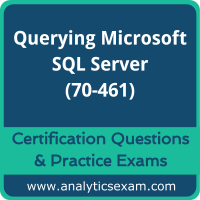 Querying Microsoft SQL Server 2012/2014
Querying Microsoft SQL Server 2012/2014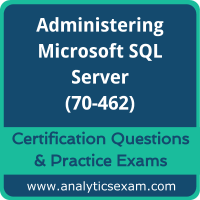 Administering Microsoft SQL Server 2012/2014 Databases
Administering Microsoft SQL Server 2012/2014 Databases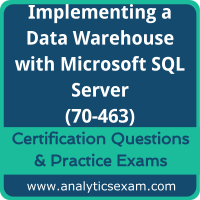 Implementing a Data Warehouse with Microsoft SQL Server 2012/2014
Implementing a Data Warehouse with Microsoft SQL Server 2012/2014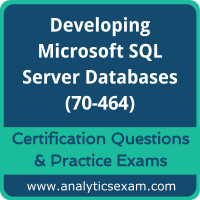 Developing Microsoft SQL Server Databases
Developing Microsoft SQL Server Databases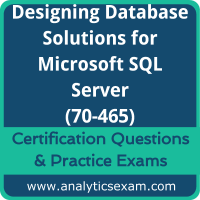 Designing Database Solutions for Microsoft SQL Server
Designing Database Solutions for Microsoft SQL Server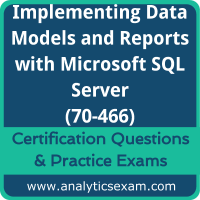 Implementing Data Models and Reports with Microsoft SQL Server
Implementing Data Models and Reports with Microsoft SQL Server Designing Business Intelligence Solutions with Microsoft SQL Server
Designing Business Intelligence Solutions with Microsoft SQL Server